Why Stretching your hips might cause knee pain
Pigeon Pose is one of the most widely beloved postures in the yoga practice across a multitude of styles. This is for good reason. However, the issue I see most often with this posture is that it comes with little guidance as to how to activate your muscles and align your bones and joints, and as a result many people experience pain in their knees or quite simply never find an increase in hip mobility. In this video I share my top three steps to a deep stretch in the hips without compromising the knee joint.
In my most recent online workshop, “Hips: Rock and Unlock Em” I go over some key actions in detail, and guide students into one of my favorite variations of pigeon posture – so if you like what you get in this video, definitely check out that full 2 hour workshop that goes over all you need to know about hip opening.
The key point that I go over in the video below and in the online workshop is that some of the hip muscles cross both the hip joint AND the knee joint, and so when we stretch the hips we are also stretching the knee. In addition, many hip stretches require putting pressure on the knee joint in order to rotate the thigh bone in the hip joint. One of the techniques I personally use is something called a facilitated stretch in order to target the belly (middle) of the muscles rather than the attachment points near each joint. Facilitated Stretch simply means an activation of the same muscles that are stretching. In the case of pigeon, I aim for the activation of the buttock muscles.
The Gluteus Maximus in particular is my focus because it feeds into the IT band, and the IT band connects to the knee joint. Any stretch of the buttocks could result in a straining of the knee. I find it incredibly helpful to activate the buttocks in order to ground and stabilize the knee joint. In addition, I also offer an activation from the other surrounding joint – the ankle. By activating certain muscles of the ankle I have found more access to spaciousness in the knee.
To be fair, nothing is fool proof. I have, however, tested these techniques among various body types over the past ten years and I have found it to be incredibly effective for most students. The result is deeper stretch in the hips and less or no strain or pain at all in the knee. That being said, this is your body and you have the greatest understanding of it when you tune in to how you feel and what you feel. The online Hips workshop is designed to help you with exactly that – Learn to feel your body on a more specific and nuanced level. Enjoy this free tutorial and as always let me know if you have questions about your body or your practice. If the video is helpful please share it!
Facilitated Stretching
Increases your range of motion while maintaining muscle integrity. Facilitated stretching is the activation or engagement of the muscles that are stretching. Activating the muscle while stretching causes the Golgi tendon organ to send a signal to the spinal column, and the spinal column speaks back, telling the muscles to relax.
HIPS & HAMSTRINGS
ONLINE YOGA IMMERSION
- 12 classes to increase flexibility of the hips and hamstrings
- Maximize your strength through range of motion
- Access your pose potential
- Release tension of hips and back
- Sensation-based practices
- Unlock and strengthen major muscle groups
- Active, passive, and isometric stretching
- Improve mobility and stability
- So much more!
$148.00 $128.00
3 Steps for Pigeon Pose
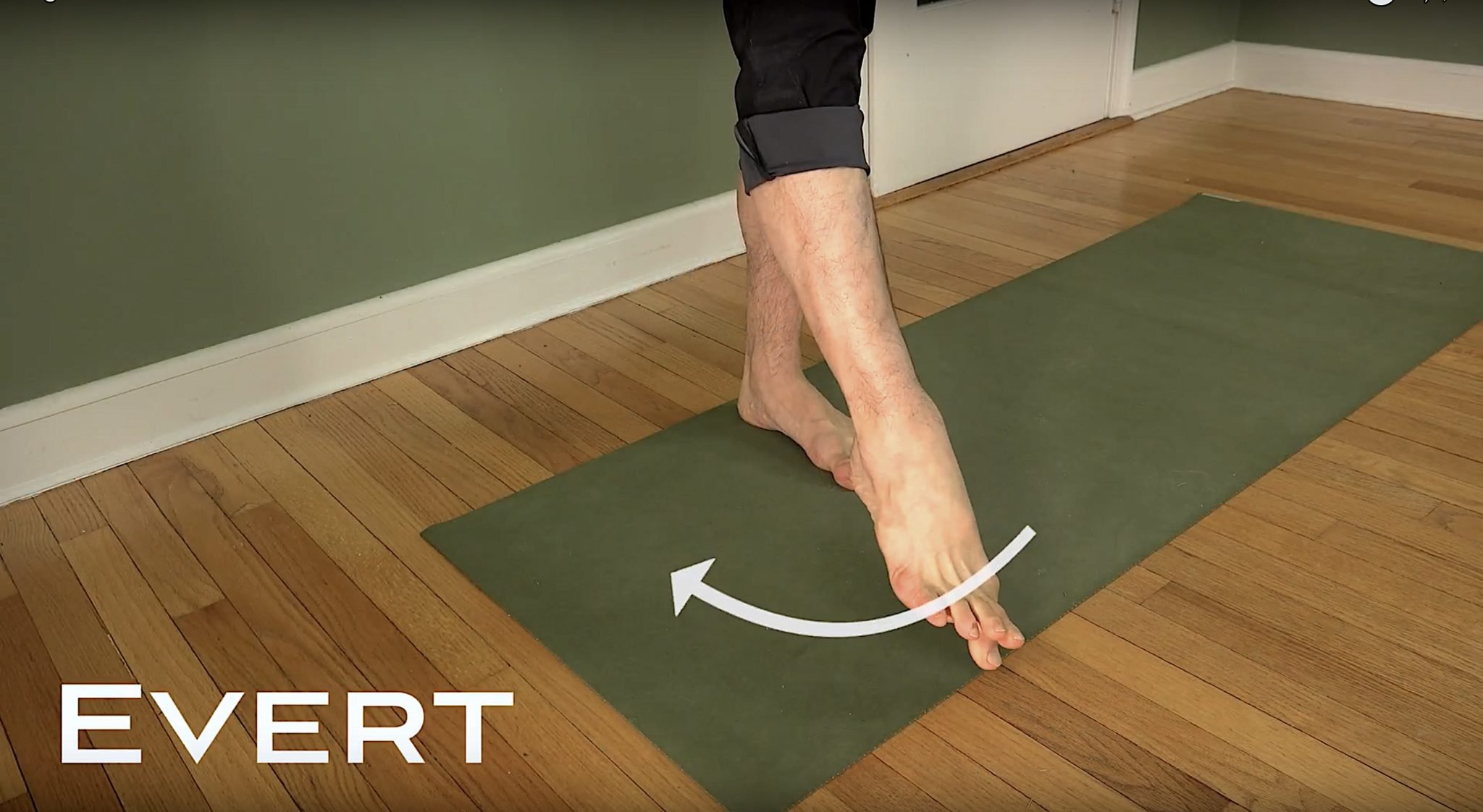
Step 1 - Evert the ankle
Everting at the ankle joint aligns the shin at the knee joint, and activates the outer shin muscles (fibularis muscles). In addition, when in pigeon pose, it supports the external rotation at the femur bone (front leg) in the hip socket. When everting, you can try rolling the calf muscle forward toward the front of your mat to initiate external rotation at the knee. This can help to open the inner portion of the knee.
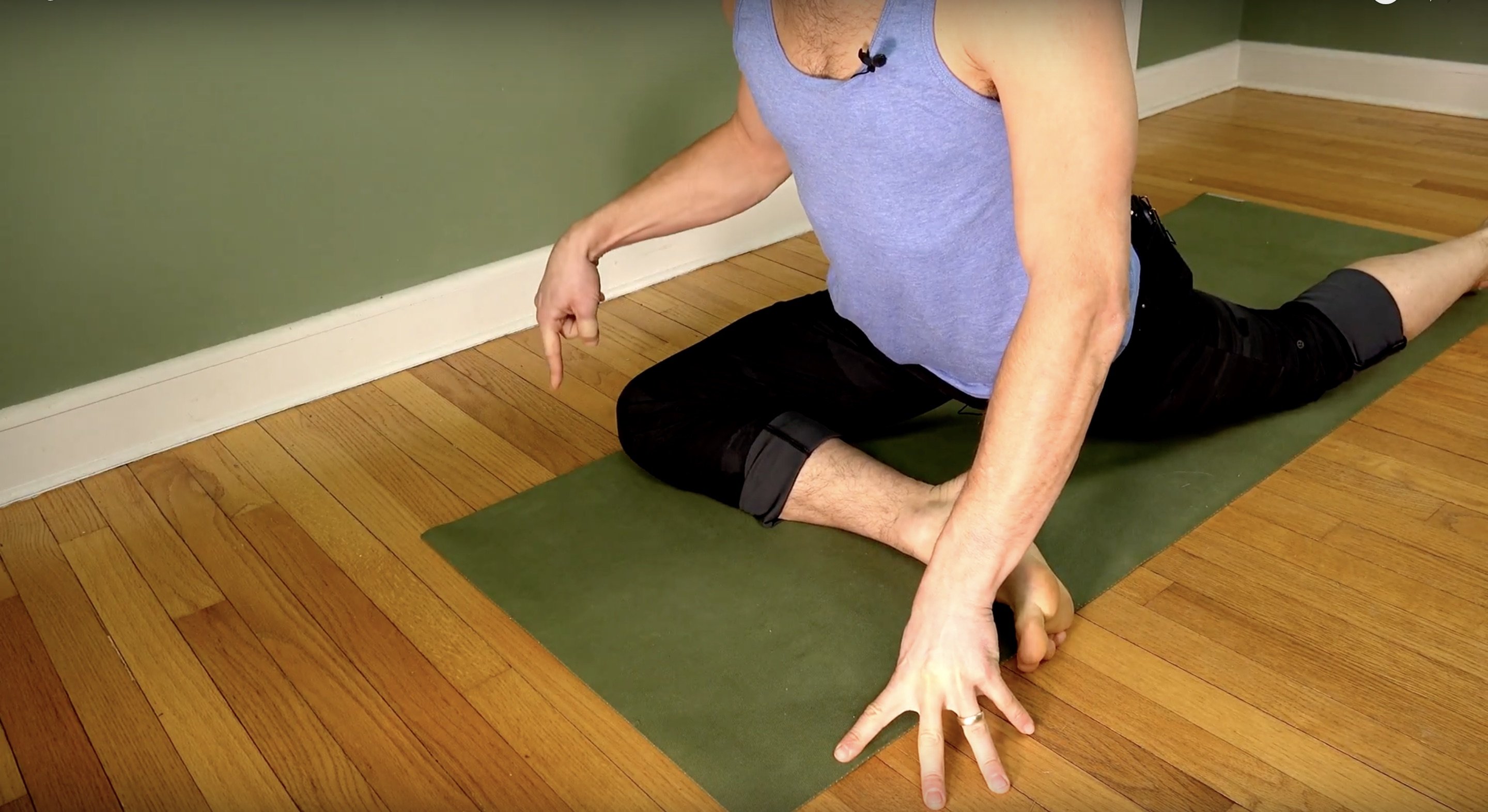
Step 2: Press outer Front knee Down
From your buttock muscles, press the outer front knee down and as a result, you should feel your hips lift up a little bit. If you don’t feel this you may have to think about pulling your front knee toward the back knee. Once you get your buttocks to activate, your femur (thigh bone) will begin to externally rotate. This action supports more congruency (more space) at the knee, and begins a facilitated stretch.
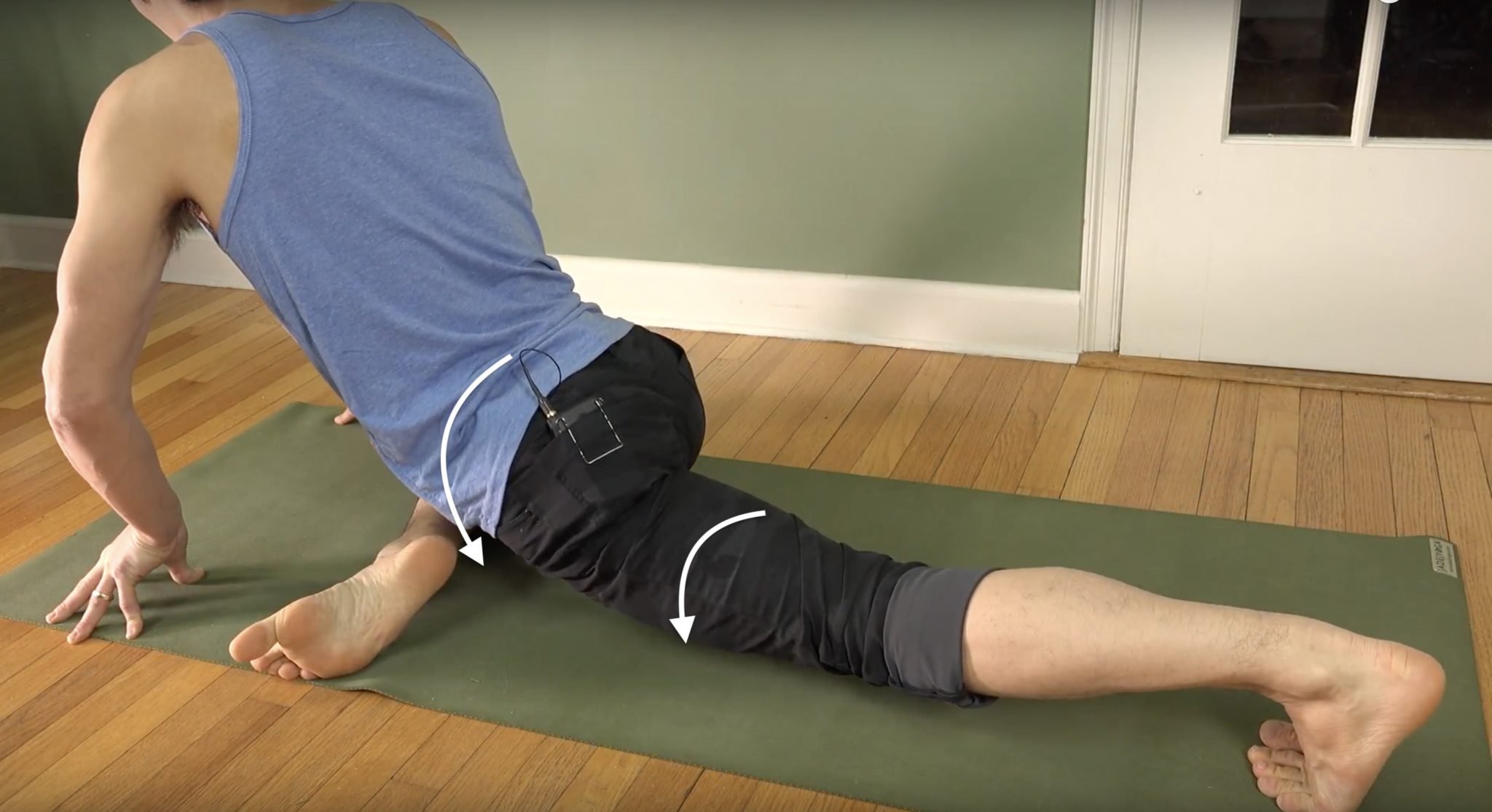
Step 3: Rotate The back Hip inward
Rotating the back thigh bone will help to rotate the pelvis toward the earth. Because the muscles of the front hip are connected to the pelvis, if you rotate the pelvis it lengthens the muscles causing a deeper stretch. I only recommend this if you are feeling at ease in the front knee. If so, go slow because it is very easy to lose what you have already created in step 1 and 2.
Sit, Stand, Walk.
Keeping the buttock muscles healthy and supple can really help in finding comfort when sitting, standing, or walking. Since most of our day is spent doing one of these three things, I highly recommend taking the time to do postures like pigeon pose, and do them well.
Listen To Your Body
Alignment cues and muscle engagements can be highly beneficial, so take the time to feel how they land in your body. There is no magic action or alignment for everyone, so I really encourage you to explore these actions while truly listening to your body. This particular set of cues might be what creates an “aha” moment for you, or it could be the complete opposite, so try them and ask yourself what you feel and what your experience is. Try to dissociate feeling bad with effort, and good with doing nothing. They sometimes correlate and sometimes not. If these actions wound up being right for you then I recommend practicing them whenever you are doing pigeon, and always maintain awareness of what your body is feeling. Through deep focus and exploration you will be able to collect the right actions for you. If you found this useful, please share this post and if you are wanting to increase strength and flexibility of your hips and hamstrings check out the Hips & Hamstrings Immersion
4 Comments
Submit a Comment
You must be logged in to post a comment.
NEW RELEASES
-

Handstand 3 Day Training
Read more -
Sale!
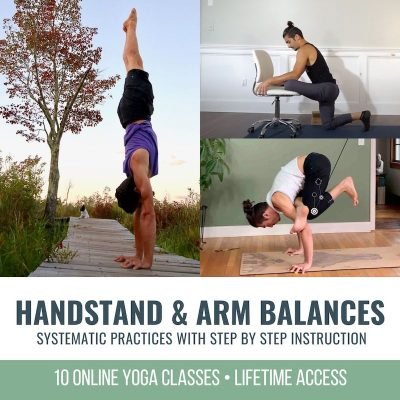
Handstand and Arm Balances
Original price was: $168.00.$98.00Current price is: $98.00. Add to cart -
Sale!
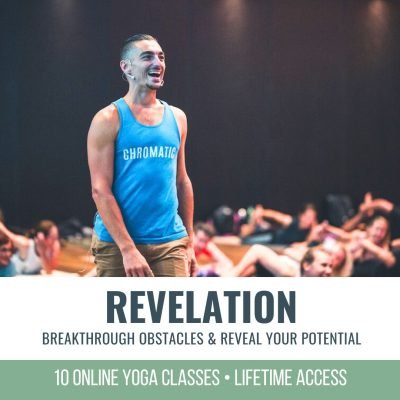
Revelation
Original price was: $168.00.$128.00Current price is: $128.00. Add to cart -
Sale!
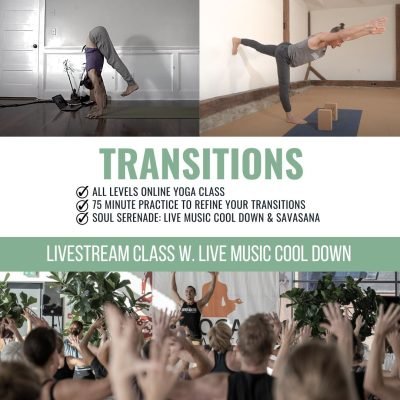
Transitions
Original price was: $4,200.00.$28.00Current price is: $28.00. Add to cart
Continue Learning
Urdhva Dhanurasana Unknowns
Urdhva Dhanurasana UnknownsALIGNMENTURDHVA DHANURASANA UNKNOWNS Let’s take a pause from what we think we know about Wheel Pose and consider the Urdhva Dhanurasana unknowns. Often, we hear the cue, “Just press up into Wheel,” and we do—without questioning the subtle...
Redefine Chaturanga
Redefine ChaturangaALIGNMENTREDEFINE CHATURANGA To redefine Chaturanga, we first have to be willing to challenge what we think we already know. Many of us were taught a narrow-hand, elbows-tight variation of the pose—elbows hugging the ribs, hands close beneath the...
Tight Hips
Tight HipsHIP MOBILITYTIGHT HIPS When working to release tight hips, most people instinctively go straight for deep stretches. But one often overlooked area that holds a surprising amount of tension is the adductorS (the inner thigh muscles) that connect to the...
Retraction Of The Scapula
Retraction Of The ScapulaSHOULDER ACTIONSRETRACTION OF THE SCAPULA It may appear that scapular retraction holds less weight in finding deeper backbends, but this action can be quite significant in what we experience when it comes to strength, stability, and...
Conquering Compass Pose
Conquering Compass PoseSURYA YANTRASANACONQUERING COMPASS POSE Conquering Compass Pose isn’t about forcing your leg behind your shoulder—it’s about understanding and participating in the muscular coordination that makes the posture possible. The real power comes from...
Leg Over Head Pose
Leg Over Head PoseEKA PADA SIRSASANALEG OVER HEAD POSE Leg Over Head Pose is one of those postures that challenges not only our bodies but also our mindset. When faced with a seemingly impossible pose, we tend to respond in one of three ways: dismissing it as...
TOP RECOMMENDATIONS
Handstand Training
Learn the techniques that make Handstand fun, easy and accessible! This 2 part course consists of the top most effective exercises will increase your strength and technique so you can easefully balance a handstand.
SHOULDER REVELATION
In this 12 class immersion you will practice specific techniques to strengthen and unlock your shoulders. Each class focuses on a specific joint articulation and muscle group so you gain mastery in the shoulders.
HEART OPENERS
Finally, a 12 class immersion designed specifically to help you discover the freedom of heart openers. Learn how to avoid uncomfortable compression, and awaken your true range of motion in a step by step manner.
THE FREE TECHNIQUE PACK
When You Subscribe, You Will Get Instant Access to
- the Technique Pack: 15 yoga pose breakdowns
- exclusive online course discounts
- exclusive blogs and videos

![Archna Mohan chromatic yoga backbend techniques: 12 classes [backbend technique to relieve back pain "bowing the spine']](https://www.theyogimatt.com/wp-content/uploads/2021/10/Archna-Mohan-chromatic-5.jpg)
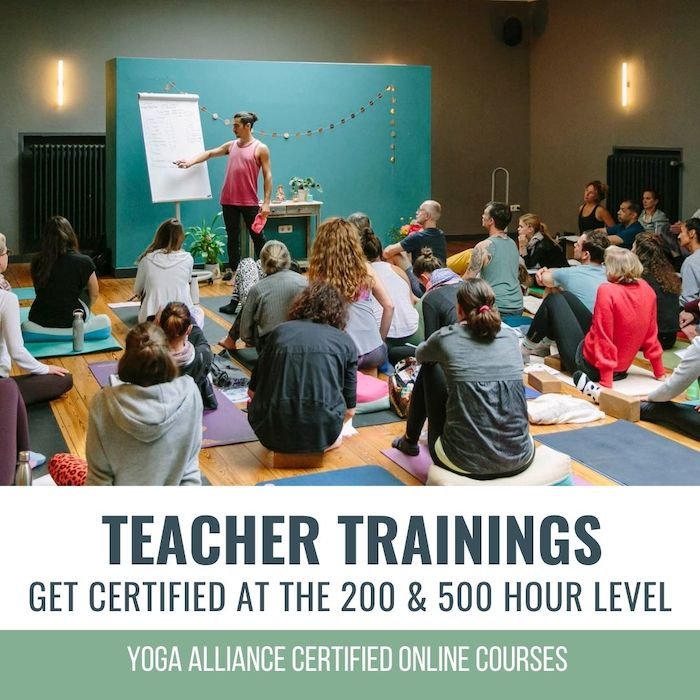
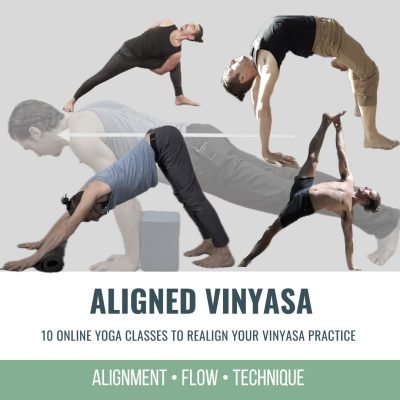
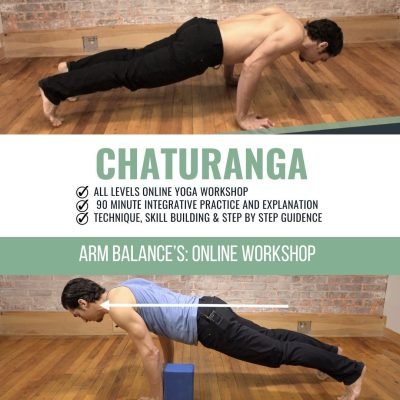
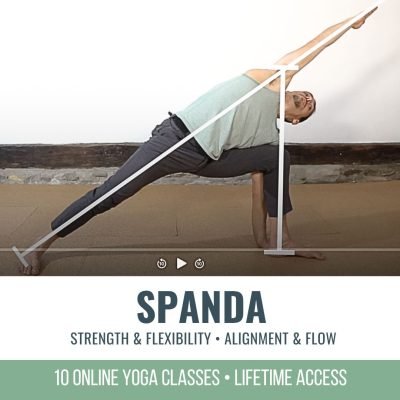
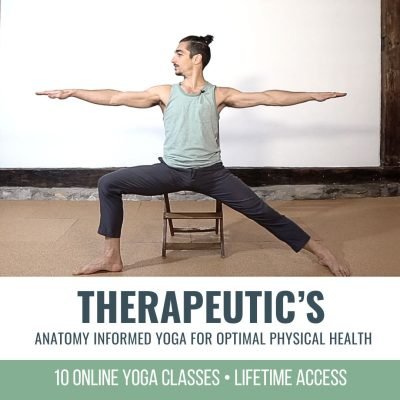
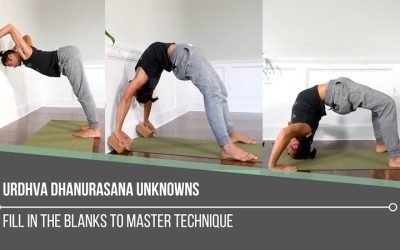
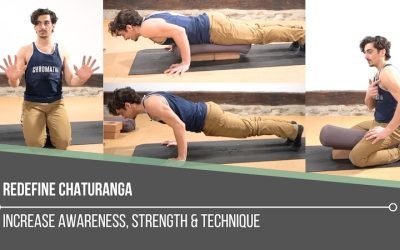
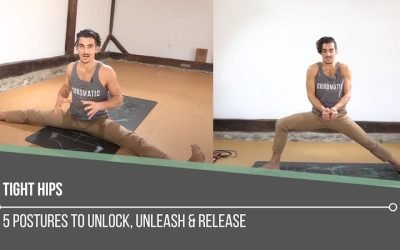
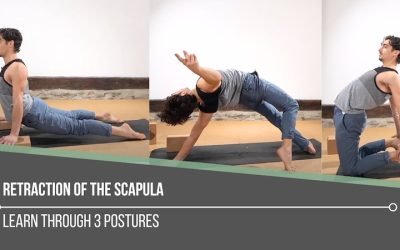
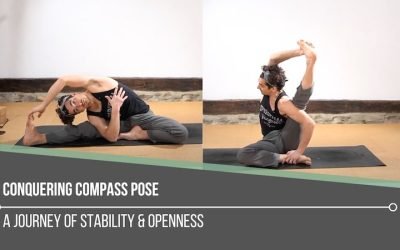
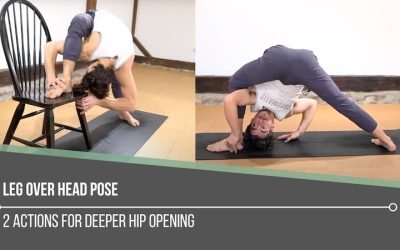
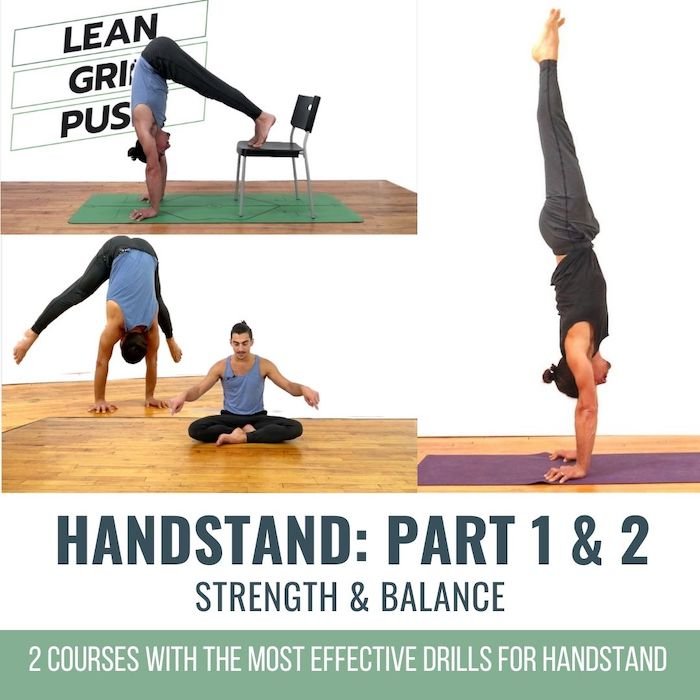
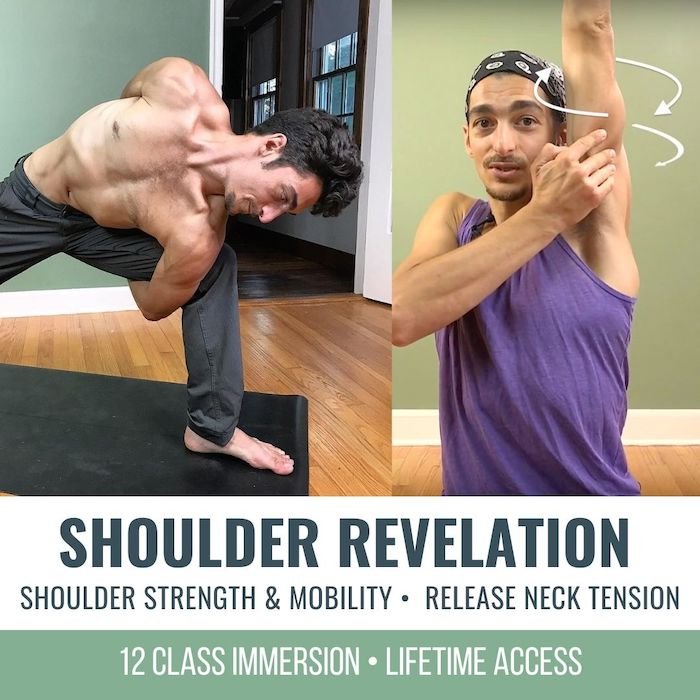



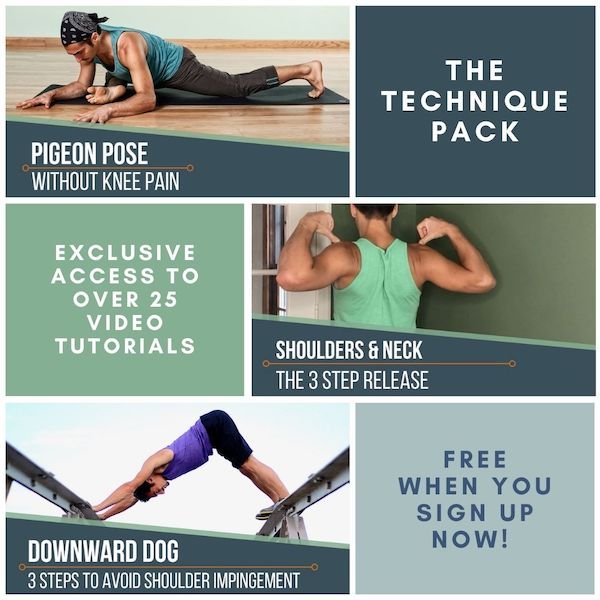
Hello
My name is Naama, I’ve been following you and I think you’re absolutely great and I hope I’ll get to participate in one of your YTT when my girls grow up a bit..
Ive been practicing yoga for years now in studios, I did a YTT and during the last year practiced via alomoves .. I feel kind of stuck as if I lost my way and my propioception, my intuition.. I want to improve my general practice, flexibility and arm balances as well as my pranayama, meditation and anatomical knowledge… I am looking for a online program that will be both fundamental and give postural guidelines but that will also be intensive and long enough so that I could consider it my routine daily practice …
Is there a program you can recommend?
Thank you so very much ?
Hey Naama, I would highly recommend the Hips: Rock Em and Unlock Em workshop on here, this is a two hour workshop and you can practice the first 30-40 minutes daily, and when you have the time get into the second half of it. Its lacked with techniques to expand your practice. In addition you might like The essentials of yoga available on http://www.Tintyoga.com/Matt
I would recommend both for your purposes.
Hi, Matt. I think your cues are really helpful, but my question is what can you do when you have already damage your knees trying the splits. Are there some poses or drills we can do to help healing the knee ? Is there something that we must avoid? Or just stop reti g the splits? Thanks a lot.
It really depends on the knee issues you are having. if the issue is coming from a muscle imbalance which is throwing off your alignment than there is a lot you can do and I would suggest my workshop – Hips: Rock Em and Unlock Em available on theyogimatt.com/shop. if it is internal damage of the meniscus than you will need to consult a specialist. I would advice seeing someone regardless so you can get an accurate understanding of what is happening. Where do you feel the pain exactly?